The recently-formed new hole or funnel is the latest to be seen in northern Siberia since the phenomenon was first registered in 2014.
It was initially spotted by chance from the air by a Vesti Yamal TV crew en route from an unrelated assignment.
A group of scientists then made an expedition to examine the large cylindrical crater which has a depth of up to 50 metres.
Such funnels are believed to be caused by the build up of methane gas in pockets of thawing permafrost under the surface.
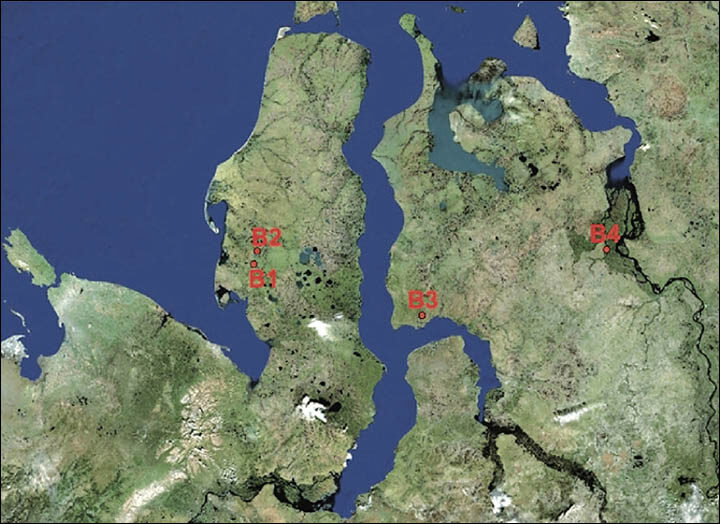
'These are the colossal forces of nature that create such objects.'
The 'crater' - these holes are called hydrolaccoliths or bulgunnyakhs by scientists - is given the number 17, and is seen as the most impressive of the large holes to suddenly appear in recent years as the permafrost thaws.
Professor Vasily Bogoyavlensky, of the Russian Oil and Gas Research Institute in Moscow, told Vesti Yamal: 'This object is unique. It carries a lot of additional scientific information, which I am not yet ready to disclose.
'This is a subject for scientific publications. We have to analyse all this, and build three-dimensional models.'
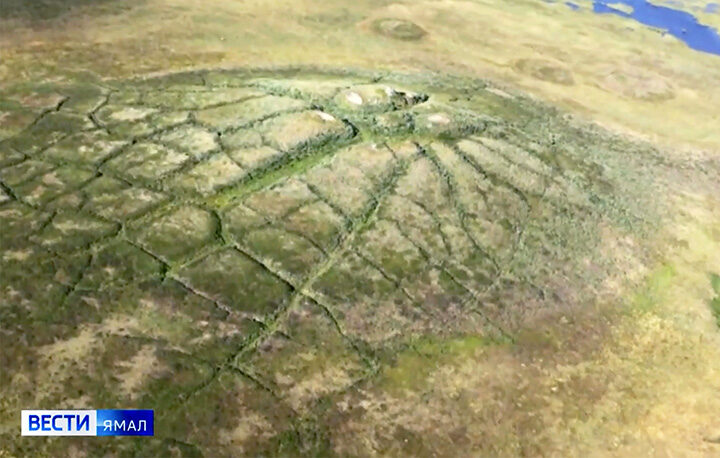
'In a literal sense, a void space filled with gas with high pressure. The covering layer distends, the thickness of which is 5-10 metres approximately.'
Explosions have happened in swelling pingos, or mounds in the tundra which erupts when the gas builds up under a thick cap of ice.
Bogoyavlensky has previously claimed that human activities, like drilling for gas from the vast Yamal reserves could be a factor in the eruptions.
He is concerned at the risk of ecological disasters if pingos build up close to a gas pipelines, production facilities or residential areas.
'In a number of areas, pingos - as we see both from satellite data and with our own eyes during helicopter inspections - literally prop up gas pipes,' he said previously.
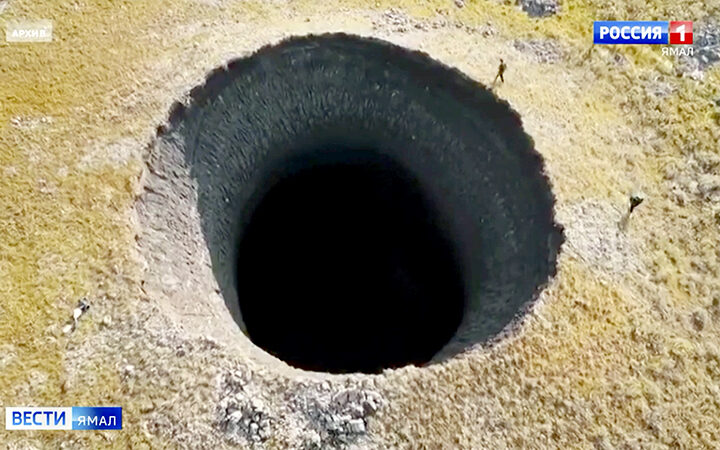
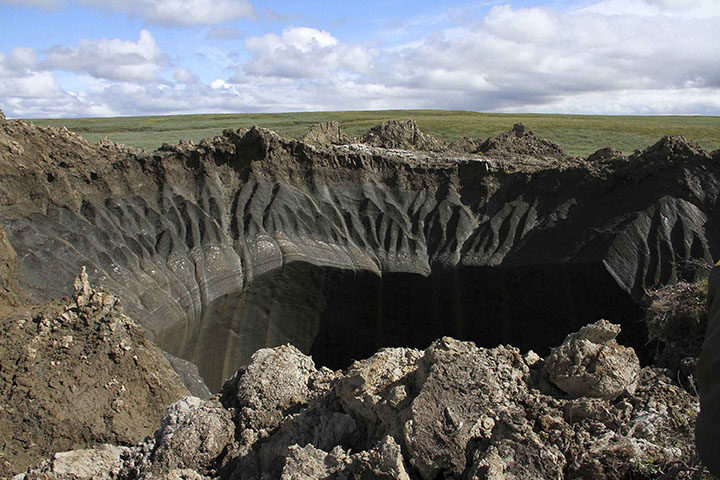
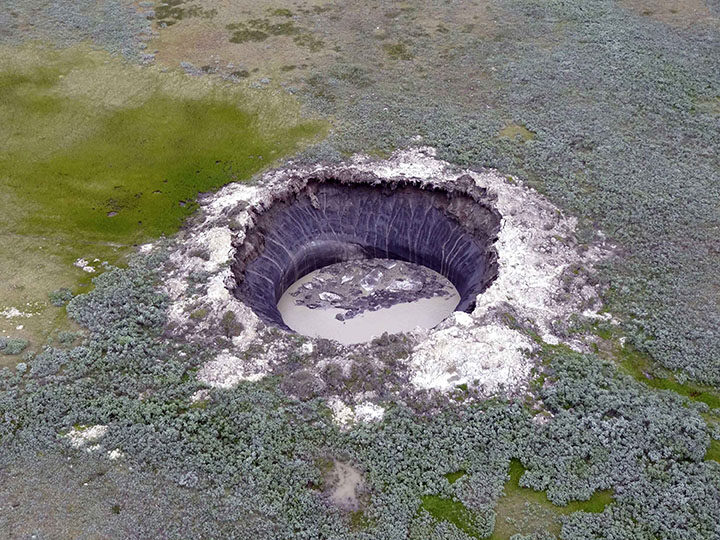
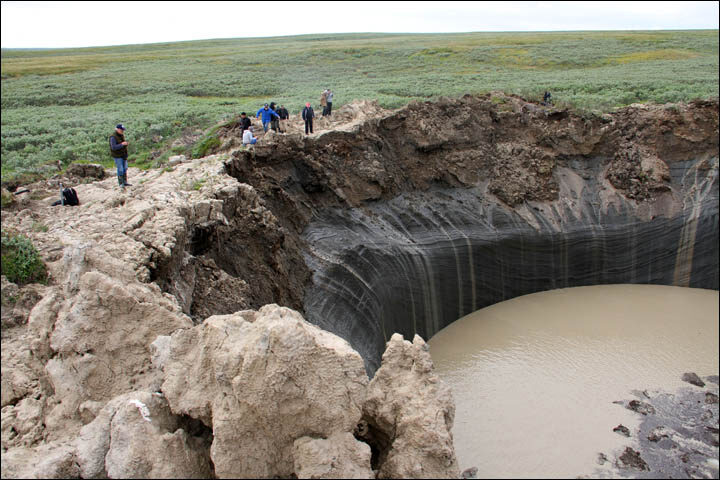
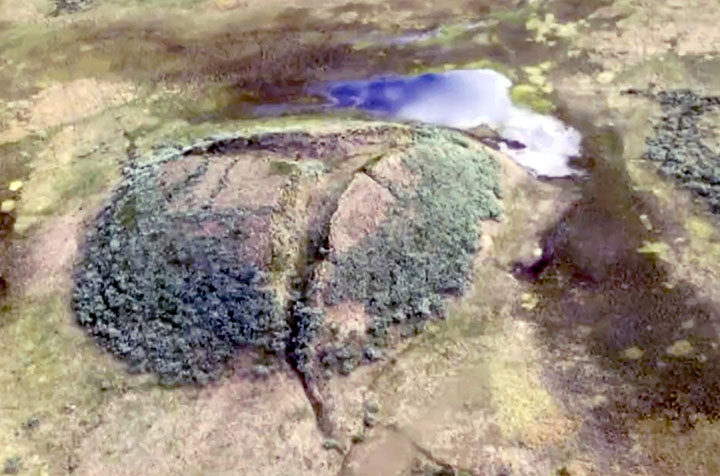
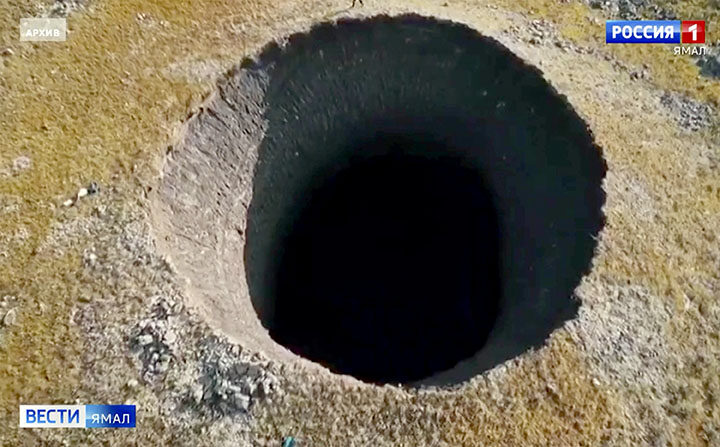



Comment: In Pierre Lescaudron's book Earth Changes and the Human-Cosmic Connection he explicates the possible factors involved in earthquakes, volcanoes and sinkholes. The following extract may help explain the mysterious and sudden appearance of some of these craters in Siberia, why their proximity to methane deposits may be relevant, and why some have reportedly been accompanied by a 'big bang' and a 'pillar of fire':
- Sinkholes: The groundbreaking truth
- GARGANTUAN sinkhole swallows several cars and building is evacuated in Rome (VIDEO)
- Mysterious Siberian crater, Batagaika, 'gateway to a subterranean world'
And check out SOTT radio's: